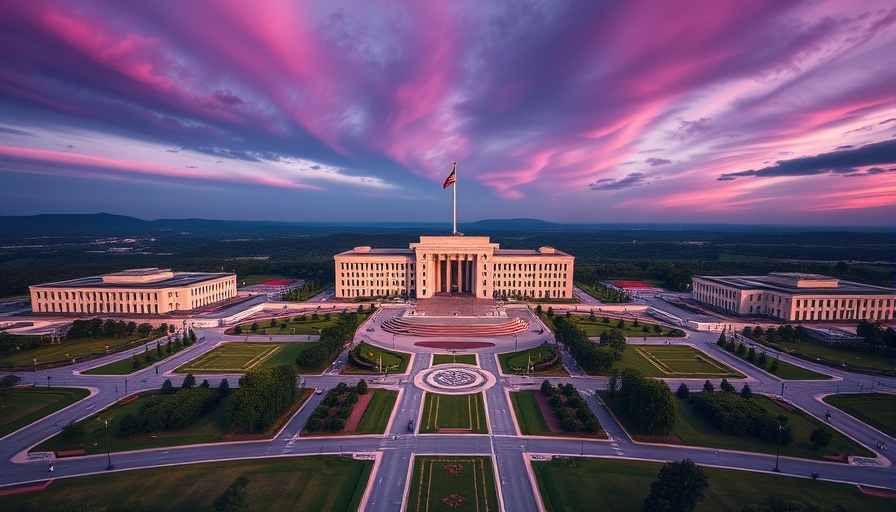
Understanding the Impact of Politics on Workplace Safety
In the complex landscape of modern work environments, the intersection of politics and workplace safety has become increasingly pronounced. This connection is particularly relevant for business owners, property developers, and facility managers who must navigate not just economic concerns but also the evolving regulatory frameworks influenced heavily by political agendas. As we delve into this topic, we will examine the significant ways politics shape health and safety regulations, ultimately affecting the very fabric of workplace culture.
Historical Context: The Birth of OSHA and Its Political Landscape
The establishment of the U.S. Occupational Safety and Health Administration (OSHA) in 1970 was a pivotal moment in workplace safety history. Born out of a necessity to protect workers from preventable hazards, OSHA introduced a regulatory framework requiring industries to adhere to safety protocols. Over the decades, however, ideological battles surrounding worker protection have seen significant shifts. As noted by Jordan Barab, former deputy assistant secretary for OSHA, funding cuts and reductions in regulatory enforcement have exacerbated risks for employees. Understanding this history is crucial for today’s decision-makers, especially as new challenges, such as the effects of climate change on worker safety, emerge.
Current Political Climate: Implications for Health-Conscious Businesses
The political climate significantly affects stakeholder priorities in industries ranging from construction to healthcare. For business owners prioritizing health and safety, the current landscape demands vigilance. Cuts to OSHA's budget, as highlighted by Barab, threaten essential safety inspections and standards that protect workers. For successful, socially conscious businesses, this presents a dual challenge: ensuring compliance with existing laws while advocating for safer, more robust regulations that benefit all workers.
Cultural Divides: How Political Tension Affects Workplace Dynamics
Political divisiveness not only shapes regulations but also permeates workplace culture. The findings from both U.S. and Canadian perspectives reveal that polarizing views can create environments rife with conflict, undermining psychological safety. Kirsten Moorefield, from Cloverleaf, emphasizes that when workers feel unheard or disrespected, it can lead to significant morale issues that ultimately affect safety. It’s essential for leaders to foster a culture of respect and understanding, pushing back against division to promote an inclusive environment.
Emotional Intelligence: A Crucial Tool for Leaders
As workers navigate the challenges posed by a politically charged atmosphere, emotional intelligence emerges as a critical skill for leaders. Cultivating a workplace culture that values curiosity and listening helps bridge the gaps that political divides create. By encouraging transparent conversations around beliefs—whether regarding health policies or workplace expectations—leaders can mitigate tensions and foster environments where all employees feel valued, thus enhancing overall safety.
Future Predictions: Navigating a Shifting Regulatory Environment
The road ahead for workplace safety is inherently tied to the political landscape. As debates around regulations continue, especially with forecasted cuts to funding for regulatory bodies, companies must prepare for uncertainties. By advocating for more substantial safety measures and regular training, businesses can ensure their operations remain resilient in the face of potential political shifts that could undermine safety protocols.
In conclusion, political dynamics have undeniable impacts on workplace safety regulations, which in turn affect organizational culture and employee well-being. Business owners and property developers must stay informed and engaged with these issues to foster environments that prioritize worker safety and operational integrity. Awareness is the first step; taking action is crucial to safeguarding the future of both employees and organizations.
If you want to ensure a safe working environment for yourself and your workforce, prioritize employee safety in your business strategy today. Actively engage with advocacy groups and stay updated on regulatory changes affecting your industry.
 Add Row
Add Row  Add
Add 




Write A Comment